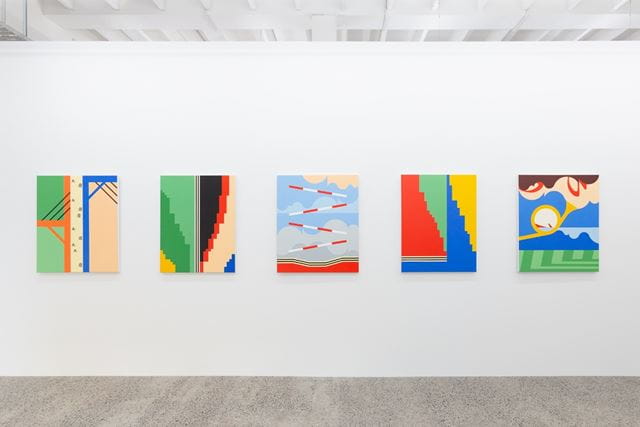12 Dec 2022

After two years of Covid related delay, visual artist Ella Sutherland has finally touched down in Berlin to take up her Creative New Zealand Berlin Visual Arts Residency at the Künstlerhaus Bethanien.
How does it feel to finally be in Berlin and how are you settling in so far? Is this the first time you’ve spent time Berlin?
I’ve been here just over a month now and am enjoying getting to know the city and setting up my studio. I’ve visited Berlin previously, but not for this length of time. The Residency provides a great opportunity to experience Berlin to a degree that’s not possible in a short stay. While the delay in arriving was frustrating at the time, I think that beginning the program at this point in my practice will be beneficial.
The Künstlerhaus Bethanien is the home one of Europe’s largest international residency programmes for artists. Could you share with us what the studio facility and their programme is like?
I am one of many international artists currently in residence. I have a generous, light-filled studio, and can access fabrication workshops and technical support to aid in the production of work. The Bethanien curates an exhibition and public programme series alongside the studio programme, presenting work by both residents and external artists across two floors of gallery space near to the studios.
What can you tell us about the research you have in mind and the project you’ll be working on while you’re in Berlin?
My research will be looking at the role censorship has played – and continues to play – in the development of subversive modes of communication. Of particular interest is the way in which contemporary power structures utilize affect in place of more traditional strategies of censorship – such as redaction or omission – as a strategy for regulation.
The assessment panel described your practice as one that “draws upon the languages and legacies of both contemporary art and design”. Could you share a little about what you’ve been working on recently and how your approach to research informs the development of your work?
Developed from an ongoing trajectory of questioning around the politics of visibility, my practice reflects on the institutions that govern our social, cultural, or political interactions. With a background in visual communication, I often read the formal and material realties of design – such as alphabets and architecture – as a lens to understand a given situation. This research often begins in specialised archives or collections, and in most instances these artefacts inform both the conceptual and formal qualities of my work. The context of this research is varied, with recent exhibitions drawing on material such as: the ballot design employed by Australian democracy; the base isolation system of a public gallery in Ōtautahi, and a pioneering queer serial from Sydney.
What plans do you have in mind for Christmas? Will it be the first Northern Hemisphere one for you?
While not my first Northern Hemisphere Christmas, it’ll be nice to be here for the leadup. My partner will be visiting and we’ll join some friends for some German Christmas charm to counter the winter weather!



